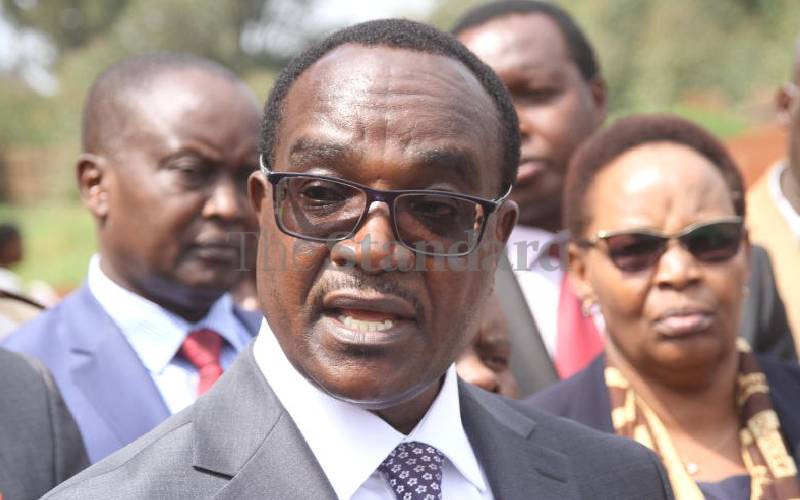×
The Standard e-Paper
Truth Without Fear

Uncertainty surrounds the construction of at least 5,000 classes needed for the transition of learners to Grade 9 in January next year.
With less than 100 days left, time is quickly running out, leaving many schools ill-equipped to accommodate the additional learners.